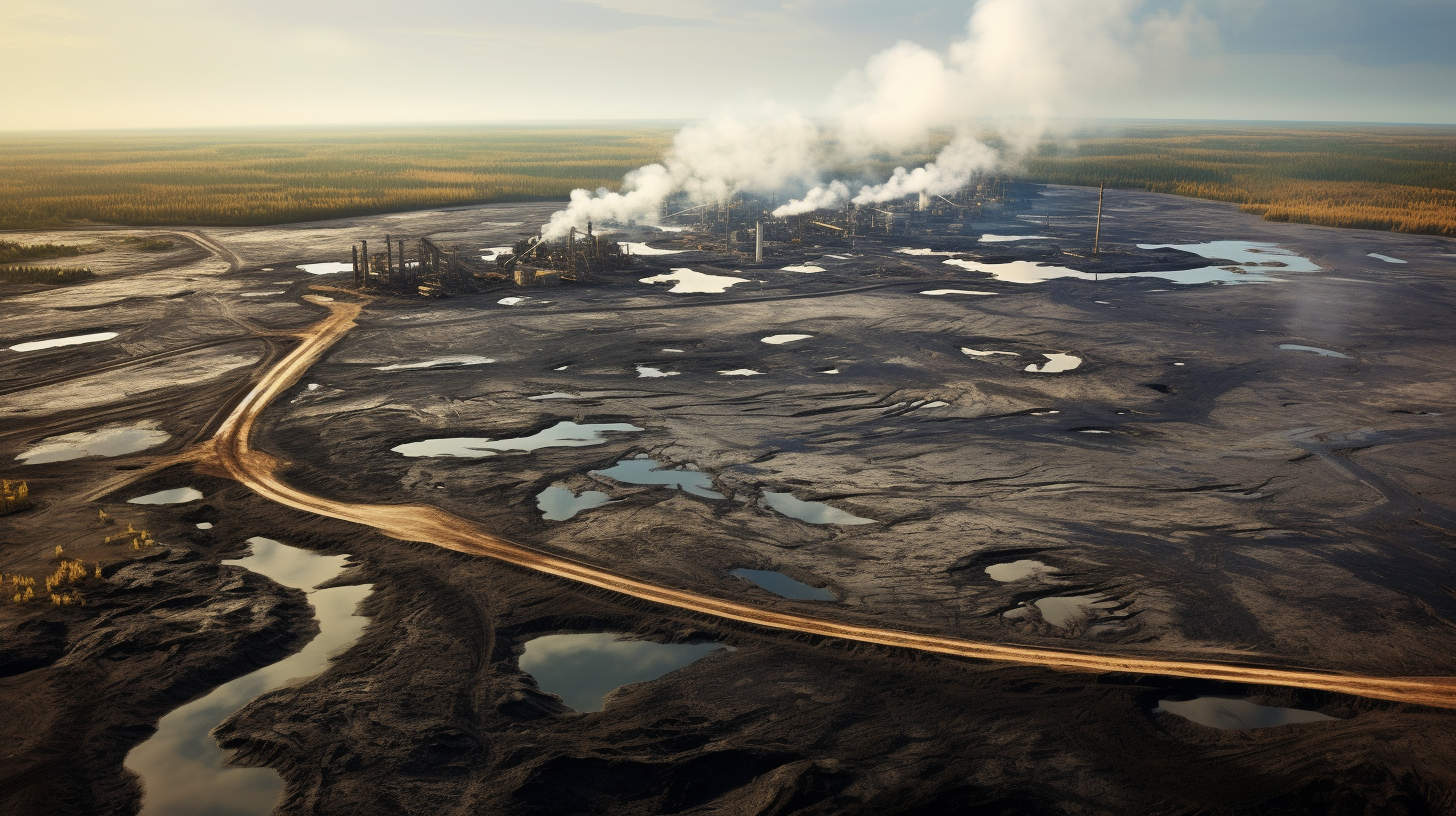Greenfire Resources, a Calgary-based oil sands company, began public trading on the New York Stock Exchange on Thursday through a merger with a special purpose acquisition company (SPAC). However, shares of Greenfire fell sharply on its debut, dropping around 11% in morning trading.
Greenfire combined with M3-Brigade Acquisition III Corp, a SPAC sponsored by New York-based private investment firm Brigade Capital Management. The deal, first announced in December 2022, valued Greenfire at $950 million.
The new company, Greenfire Resources Ltd, is now listed on the NYSE under the ticker “GFR”. But investors reacted negatively to the stock early on. After opening at $9.80 per share, GFR declined over 37% to around $6.10 by Friday morning.
SPAC deals have faced increased skepticism from investors amid high market volatility this year. Many companies that went public via SPACs have seen their share prices sink below initial trading levels. This broader SPAC downturn could be contributing to the weak debut for Greenfire.
Greenfire operates steam-assisted gravity drainage (SAGD) facilities in Alberta’s prolific oil sands region. It has a 75% stake in the Hangingstone expansion project, which came online in 2017, and 100% ownership of the adjacent Hangingstone demonstration facility. Both produce bitumen using steam injection to mobilize viscous oil sands deposits.
The company raised approximately $42 million through a private placement that closed concurrently with the SPAC merger on September 20. It also put in place $300 million in new senior secured notes and a $50 million senior secured credit facility to boost liquidity.
According to Greenfire’s management, the company will prioritize debt reduction in the near-term to strengthen its financial position. It also plans to increase production at its existing facilities through techniques like infill drilling and debottlenecking.
For example, Greenfire is currently drilling extended reach “refill” wells at the Hangingstone expansion site. These wells are intended to produce incremental volumes from between existing well pairs. No new drilling has occurred at the project since its commissioning in 2017.
In the long-term, Greenfire aims to generate free cash flow thanks to controlled capex spending and its high quality oil sands reservoirs. The company believes it has a structural cost advantage compared to some other SAGD operators in the Athabasca region.
Greenfire says its assets have long-life reserves and relatively low decline rates versus conventional oil and gas resources. For instance, the Hangingstone demonstration project has maintained steady production for nearly 20 years without new wells. This could support continued output for decades.
The company intends to initiate a shareholder returns policy over time once it has made sufficient progress on debt reduction. It also plans to evaluate potential acquisition opportunities to drive further growth down the line.
But in the short-term, investors seem cautious on the newly public company as oil prices waver. Energy stocks have seen significant volatility in 2022. Greenfire traded down double-digits in its NYSE debut as traders reacted hesitantly.
Its success at boosting production from existing assets through relatively low-cost techniques like infill drilling may dictate whether shares can rebound over the coming months. For now, the market is taking a wait-and-see approach with the SPAC-backed oil sands operator.
| Explore other SPAC Mergers via SPACtrac reports from Noble Capital markets FG Merger Corp. (FGMC) – Asymmetric Return Profile Acquisition To Unlock iCoreConnect Saas Potential Heritage Distilling Co.: Liquor With A Kicker |
